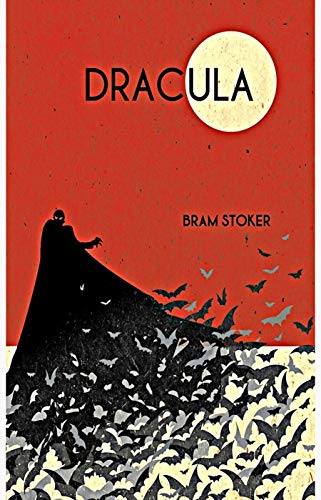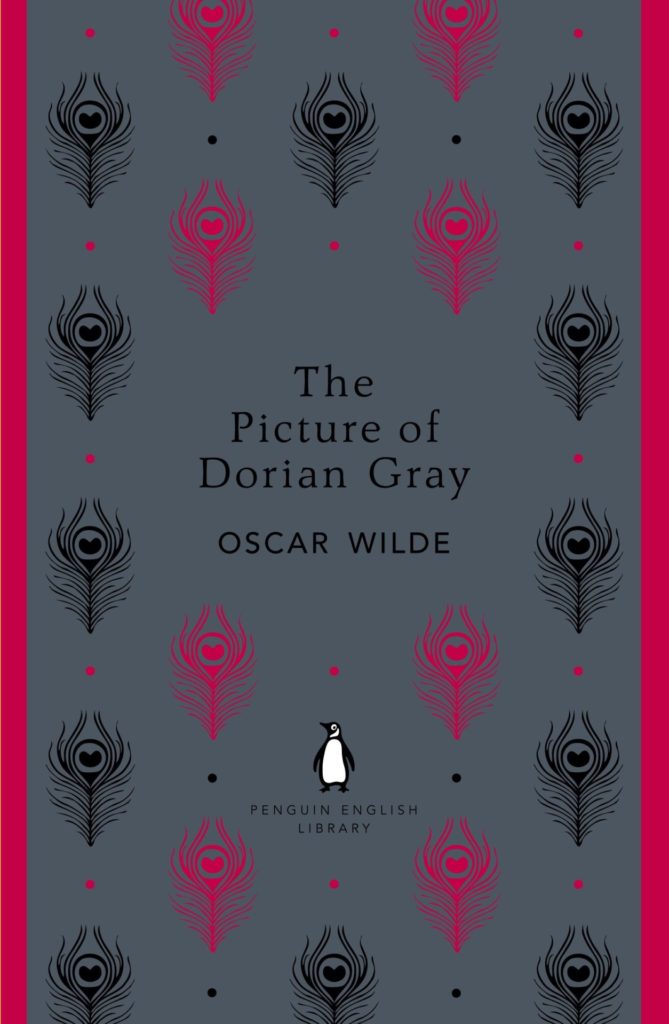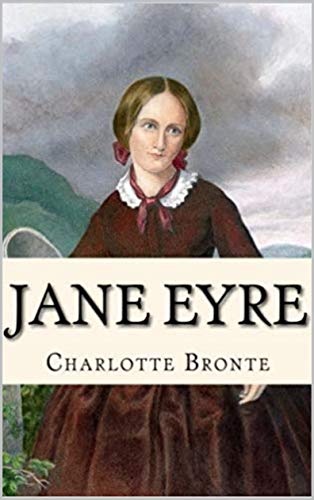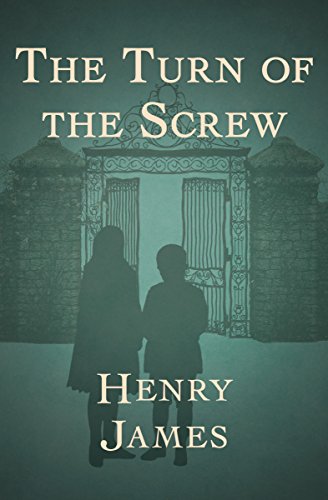Exploring The Fascinating World Of Gothic Literature Books

Disclaimer
This post may contain affiliate links. I will make a small commission if you make a purchase through one of these links, at no extra cost to you. See full disclosure and disclaimer policy HERE.
Gothic literature is a genre that has captivated readers for centuries with its mysterious and haunting themes, supernatural elements, and eerie settings. There are numerous books in this genre that have stood the test of time and continue to intrigue readers to this day. In this article, we will explore some of the most famous and beloved gothic literature books, their themes, and what makes them such enduring works of literature.
Table of Contents
- What Is Gothic Literature?
- The Origins Of Gothic Literature
- Elements Of Gothic Literature
- Best Gothic Literature Books
- “Frankenstein” by Mary Shelley
- “Dracula” by Bram Stoker
- “The Picture of Dorian Gray” by Oscar Wilde
- “Rebecca” by Daphne du Maurier
- “Jane Eyre” by Charlotte Bronte
- “Wuthering Heights” by Emily Bronte
- “The Turn of the Screw” by Henry James
- “Carmilla” by Joseph Sheridan Le Fanu
- “The Castle of Otranto” by Horace Walpole
- “The Mysteries of Udolpho” by Ann Radcliffe
- Conclusion
- FAQs
What Is Gothic Literature?
Gothic literature is a genre of fiction that originated in the 18th century that combines elements of horror, romanticism, and the supernatural. It typically features gloomy settings, mysterious atmospheres, and themes that explore the darker aspects of the human experience.
Gothic literature often includes supernatural creatures such as ghosts, vampires, and werewolves, and it frequently employs supernatural events and settings to create an eerie and unsettling mood. Are you a fan of eerie tales and supernatural stories? If so, you’ll love the world of Gothic literature.
The Origins Of Gothic Literature
The Gothic literature genre originated in the 18th century and was popularized by writers like Horace Walpole and Ann Radcliffe. Gothic literature was a reaction to the Enlightenment period, which emphasised reason and logic.
On the other hand, Gothic literature focused on emotions, the supernatural, and the unknown. The genre was heavily influenced by the Romantic movement, which emphasised individualism, imagination, and nature.
Elements Of Gothic Literature
Gothic literature is characterized by a number of key elements that set it apart from other genres. These elements include:
- Gloomy and mysterious settings, such as castles, ruins, and old mansions
- A sense of foreboding and impending doom
- Themes of death, decay, and the supernatural
- Romantic elements, such as intense emotions and unrequited love
- Villains who are often cruel and manipulative
- Heroes and heroines who are often innocent and naïve
- The use of supernatural creatures and events to create a sense of unease and tension
Best Gothic Literature Books
“Frankenstein” by Mary Shelley
Published in 1818, Frankenstein is a masterpiece of gothic literature that tells the story of Victor Frankenstein, a young scientist who creates a monstrous creature in his laboratory. Shelley’s novel is a warning against the dangers of playing God and the disastrous consequences that can arise from scientific hubris.
The book’s themes of isolation, responsibility, and the nature of humanity have made it a classic of British literature.
“Dracula” by Bram Stoker
First published in 1897, Dracula is a gothic horror novel that has become synonymous with the vampire genre. Stoker’s novel tells the story of Count Dracula, a vampire from Transylvania who travels to England to spread his curse of the undead.
Dracula is notable for its use of epistolary narrative, its depiction of the battle between good and evil, and its exploration of sexuality and desire.
“The Picture of Dorian Gray” by Oscar Wilde
The Picture of Dorian Gray is a novel by Oscar Wilde that was first published in 1890. The book tells the story of a young man named Dorian Gray, who sells his soul to remain young and beautiful while a portrait of him ages in his place.
The novel explores themes of vanity, morality, and the corrupting influence of beauty.
“Rebecca” by Daphne du Maurier
Rebecca is a gothic novel by Daphne du Maurier that was published in 1938. The book tells the story of a young woman who marries a wealthy widower named Maxim de Winter and moves into his estate, Manderley.
The novel is notable for its atmospheric setting, exploration of jealousy and obsession, and unforgettable characters.
“Jane Eyre” by Charlotte Bronte
Jane Eyre is a novel by Charlotte Bronte that was first published in 1847. The book tells the story of Jane Eyre, a young woman who becomes a governess at Thornfield Hall, where she falls in love with her employer, Edward Rochester.
Jane Eyre is a classic of English literature that explores themes of class, gender, and the struggle for self-determination.
“Wuthering Heights” by Emily Bronte
Wuthering Heights is a novel by Emily Bronte that was first published in 1847. The book tells the story of the passionate and destructive love affair between Heathcliff and Catherine Earnshaw, two childhood friends who are separated by class and circumstance.
Wuthering Heights is a haunting and intense novel that explores themes of revenge, jealousy, and the destructive power of love.
“The Turn of the Screw” by Henry James
The Turn of the Screw is a novella written by American author Henry James, first published in 1898. The story follows a young governess who is hired to care for two orphaned children, Miles and Flora. Strange occurrences begin to happen around the estate, and the governess becomes convinced that the children are being haunted by the ghosts of their former caretaker and his lover.
The novella is known for its ambiguity and psychological complexity, as the reader is left to question whether the ghosts are real or just a figment of the governess’s imagination.
“Carmilla” by Joseph Sheridan Le Fanu
Carmilla is a gothic novella written by Irish author Joseph Sheridan Le Fanu and was first published in 1872. The story follows a young woman named Laura who is visited by a mysterious and beautiful stranger named Carmilla. Laura and Carmilla quickly become close friends, but Laura begins to have strange and terrifying dreams and experiences.
Laura eventually discovers that Carmilla is actually a vampire who has been preying on her and her family.
“The Castle of Otranto” by Horace Walpole
The Castle of Otranto is a gothic novel written by British author Horace Walpole and was first published in 1764. The novel is set in a medieval castle and follows the story of a young prince named Manfred, who becomes obsessed with the idea of preserving his family line.
The novel features many gothic elements, including a haunted castle, supernatural occurrences, and a family curse.
“The Mysteries of Udolpho” by Ann Radcliffe
The Mysteries of Udolpho is a Gothic novel that was published in 1794. It tells the story of Emily St. Aubert, a young woman who is orphaned and must live with her cruel aunt and uncle. When she falls in love with the handsome Valancourt, her life seems to be taking a turn for the better.
The Mysteries of Udolpho is known for its vivid descriptions of the natural world and its use of suspense and terror to create a sense of foreboding. It is considered to be one of the greatest works of Gothic literature and a must-read for fans of the genre.
Conclusion
Gothic literature is a genre that has continued to captivate readers for centuries. From the haunted houses and mysterious landscapes to the supernatural elements and complex characters, the books on this list offer readers an exciting journey into the dark and macabre world of Gothic fiction.
These books not only entertain but also provide insight into the human condition, exploring themes such as love, death, power, and identity. Whether you are a fan of horror or simply looking for a good read, these Gothic literature books are sure to satisfy your literary appetite.




















